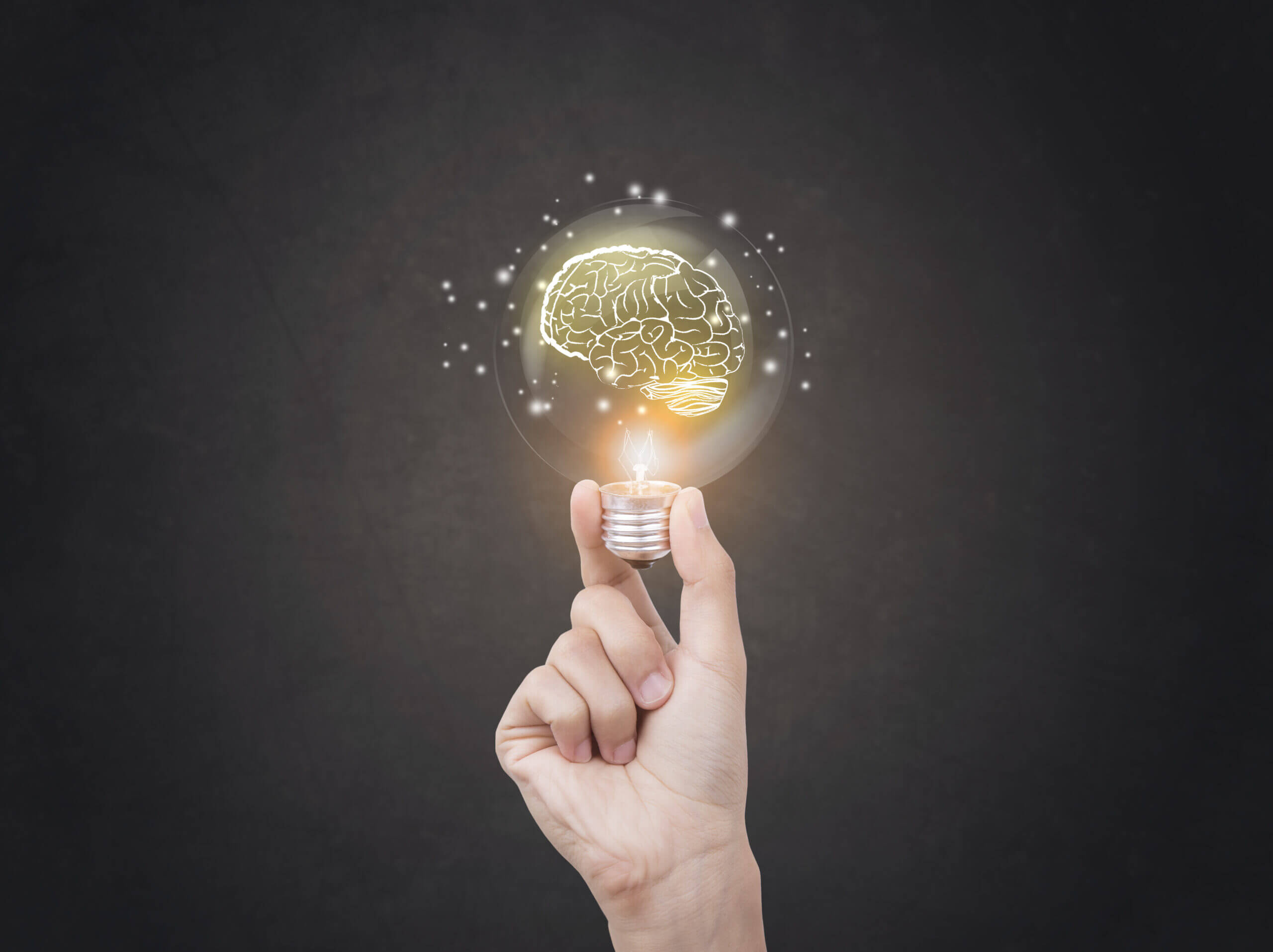How is memory formed?
Our ability to create new memories and use them is much more complex than we think. The process of creating a new memory and subsequently utilizing it (hours, days, months, or years after the event) involves various stages. During the creation of a new memory, we need to pay attention to the incoming new information, analyze it, transfer the new information from short-term memory to long-term memory, and finally store it in the relevant “folder.”
For example, when a person tastes a mango for the first time in their life, they need to pay attention to all the relevant aspects: the name of the fruit, its appearance, and its taste. Then they need to analyze and understand the incoming information (such as “orange,” “round,” “sweet,” “delicious,” “annoying texture,” etc.) and connect the different aspects of the mango to one concept. If enough attention was given to all the details, the new memory of the mango will undergo consolidation and eventually be stored in long-term memory. The newly formed concept, “mango,” will be stored in the “fruit folder” alongside apple, pear, and orange. If the person analyzed the information more thoroughly, they might even store the mango in the “tropical fruits folder” alongside pineapple and papaya. Just like in a house or office, in our memory, the better the information is organized, the better it will be stored, and the better things are organized, the easier it is for us to navigate them.
How does memory work?
“What do you call the actor from that movie? Something with an ‘N’…”
And what about retrieval itself? Extracting the relevant information from memory is no less complex. Let’s say that the same person wants to tell their spouse about the new fruit they tasted. In order to do that, they need to know which folder to search in, and for that, they need some retrieval cue, also known as a “hint.” A retrieval cue can be triggered through association, for example, seeing a mango at the supermarket or hearing a song about “mango and banana smoothie.” Once they access the “fruit folder” in their mind, the person needs to retrieve the correct fruit. Ideally, when the person retrieves the fruit they were looking for, all the associated information will be readily available in their memory. However, it is possible that not all the information will be accessible at that moment: the person might remember the taste and texture of the mango but struggle to recall its name (“it was orange, something with an ‘M’… maybe actually papaya?”).
We are all familiar with the tip-of-the-tongue phenomenon: we know what it looks like and even where we encountered it, but we fail to retrieve the name. Similarly, we might try to remember the name of King Saul Street, but instead of retrieving the correct name, we inexplicably recall King Solomon Street – both because they are kings, of course, but also because the names sound similar (both contain ‘S’ and ‘L’) and even the sound of the word serves as a retrieval cue. One reason for the tip-of-the-tongue phenomenon is that when we learned the name of the street (or the fruit), the different details were partially connected and did not form a strong enough bond. In this situation, the connections that were formed were not sufficient for complete retrieval, and we might need additional retrieval cues until, eventually, we remember the word “mango.”
In fact, memory difficulties can arise at any stage in this chain. At the initial stage, lack of attention to relevant information will affect the encoding of the information. Later on, difficulties in connecting different characteristics together and “filing” the new information in the right place may occur. Lastly, retrieval difficulties can arise when trying to retrieve the desired memory using retrieval cues.
All of these can impair our ability to remember something quickly and completely.
Memory in old age
Inevitably, age brings about various physiological changes. One of these changes manifests as a decline in the efficiency of certain cognitive abilities. This impacts our memory in terms of attention, encoding, and retrieval.
However, the brain is not set in stone: it is the most flexible organ in the human body, capable of adapting and changing throughout a person’s life by creating new connections continuously. It is now known that we can not only form new connections but also generate new brain cells. These processes depend on the level of challenge we present to the brain. The more we challenge the brain with new activities and efforts, the more it is encouraged to create new connections, which may contribute to memory abilities at any age.
To read more about cognitive games for adults, visit >> [Link] (Note: The link is not provided as it is not available in the translated text)



